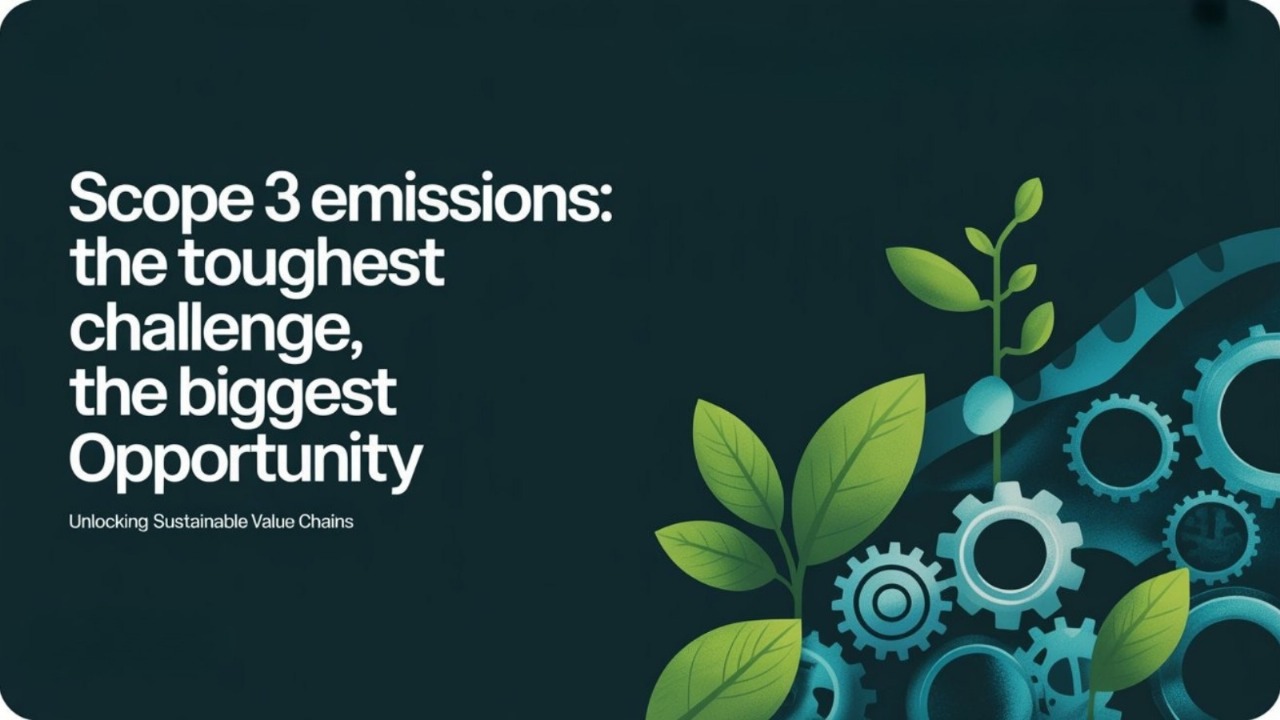Voluntary vs. Compliance Carbon Markets
Which One Is Right for Your Business?

Want to slash your emissions, boost your brand, and future-proof your business? In 2025, India’s carbon markets are your ticket to sustainability—but there’s a choice to make: voluntary or compliance? With the Carbon Credit Trading Scheme (CCTS) gearing up for 2026 and voluntary trading hitting $1.2 billion this year, the stakes are high. Whether you’re a startup dreaming of ESG glory or a steel giant facing regulatory heat, picking the right carbon market can make or break your green game plan. Let’s dive into what voluntary and compliance carbon markets are, how they stack up, and how your business can choose wisely in 2025.
Understanding Carbon Markets—What’s the Deal?
Carbon markets are like stock exchanges for emissions—businesses trade credits to offset their carbon footprint or meet legal caps. But not all markets are created equal. Let’s break it down.
Voluntary Carbon Markets (VCM) let businesses, or even individuals, buy carbon credits to offset emissions out of choice, not obligation. Think of a tech startup neutralizing its travel emissions by funding a wind farm in Gujarat. Each credit represents one ton of CO2 avoided or removed, often tied to projects like solar plants or clean cookstoves. In 2025, India’s voluntary market is buzzing—accessible to anyone with ESG goals or a desire to stand out.
Compliance Carbon Markets (CCM), on the other hand, are government-enforced. In India, the CCTS is the big player, targeting high-emission sectors like steel, cement, and power. If your factory’s emissions exceed a set cap, you buy credits to comply—or face penalties. By 2026, CCTS will cover 30% of India’s emissions, but 2025 is all about prep, with nine industries already feeling the heat.
Voluntary Carbon Markets—Pros, Cons, and Fit
Voluntary markets are the wild west of carbon trading—flexible, creative, and open to all. Here’s what they bring to the table.
Pros: You pick projects that vibe with your brand. Want to fund mangrove restoration in Tamil Nadu? Go for it. This flexibility is gold for reputation—80% of Indian consumers in 2025 prefer eco-conscious brands, especially Gen Z. Voluntary credits are also accessible, letting MSMEs join the green wave without regulatory pressure. A Bengaluru retailer, for instance, might offset its delivery fleet to win customer loyalty.
Cons: Freedom comes with risks. Low-quality credits from unverified projects can scream greenwashing, tanking your credibility. Plus, without legal mandates, some firms lack the push to stay consistent—today’s offset hero could be tomorrow’s slacker.
Best Fit: Voluntary markets are perfect for startups, IT firms, or retailers aiming to lead on ESG without mandates. A fashion brand targeting eco-shoppers could fund clean cookstoves, telling a story that pops—no regulator needed.
Compliance Carbon Markets—Pros, Cons, and Fi

Compliance markets are the heavyweights—structured, mandatory, and high-stakes. Here’s thelowdown.
Pros: CCTS brings clarity with enforced emission caps, driving real reductions across industries. Overachieve your target? Sell excess credits for profit. A cement plant cutting emissions with carbon capture could cash in big. Compliance also signals commitment, reassuring investors eyeing India’s $50 billion ESG funds in 2025. With 30% of national emissions in scope, the impact is massive.
Cons: Compliance isn’t cheap. Audits, monitoring tech, and potential penalties hit hard, especially for smaller players in regulated sectors. Flexibility takes a backseat—you’re locked into government targets, not feel-good projects. A steel mill can’t prioritize PR when it’s scrambling to meet caps.
Best Fit: Compliance is built for emission-heavy industries like power, petrochemicals, or aluminium under CCTS rules. A thermal plant switching to renewables to hit 2026 targets is
already all-in, ready to trade credits and stay legal.
Comparing the Two—Key Factors to Consider
Deciding between voluntary and compliance carbon markets? It’s all about what fits your business. Let’s weigh the big factors. Voluntary markets are often cheaper, letting MSMEs offset emissions without hefty audits—think a small retailer funding solar projects. Compliance, though, demands bigger budgets for monitoring and tech, especially for CCTS-targeted giants like steel plants. Impact-wise, voluntary delivers targeted wins, like backing a forest initiative, while compliance drives massive, industry-wide emission cuts—30% of India’s total by 2026. Flexibility is voluntary’s edge; you pick projects that spark joy for your brand. Compliance locks you into regulatory targets, prioritizing caps over PR. For branding, voluntary markets shine fast, wooing eco-fans in 2025, but compliance builds investor trust long-term. Timing matters too—voluntary offers quick action now; compliance is a 2026 must for obligated sectors.
How to Choose the Right Path for Your Business

Ready to dive in? Here’s a simple roadmap to pick your carbon market in 2025:
1. Assess Your Footprint: Know your emissions—use WOCE’s free calculator to get a clear picture. A café might emit 50 tons yearly; a factory, thousands.
2. Define Goals: Want a quick brand lift? Go voluntary. Facing CCTS rules? Prep for compliance. A mix can work too—offset now, plan later.
3. Check Resources: MSMEs can start small with voluntary credits; big players need budgets for compliance audits.
4. Partner Smart: WOCE’s platforms offer verified voluntary credits and compliance guidance, so you avoid pitfalls like shady offsets or regulatory traps.
Take an IT firm in Hyderabad: it grabs voluntary credits for PR buzz in 2025, while studying CCTS trends for future-proofing. Or a cement maker: it’s all-in on compliance, upgrading kilns to cut emissions and sell credits.
Conclusion
In 2025, India’s carbon markets are a game-changer—voluntary for flexibility and flair, compliance for structure and scale. Voluntary markets let you lead with purpose, winning hearts and headlines. Compliance markets demand accountability, reshaping industries for the long haul. With CCTS on the horizon and voluntary trading soaring, now’s the time to act. Your choice isn’t just about carbon—it’s about growth, trust, and staying ahead in India’s $7 trillion economy by 2030




